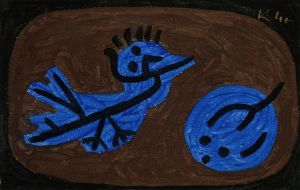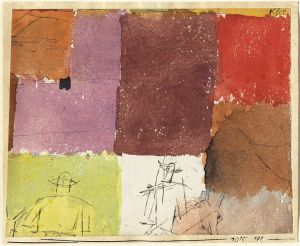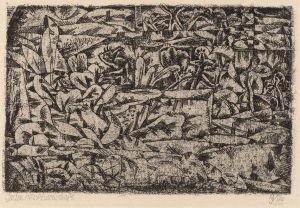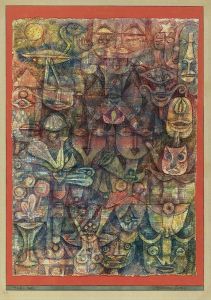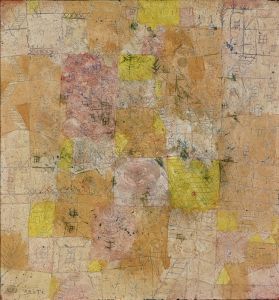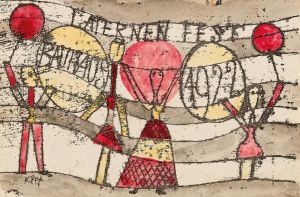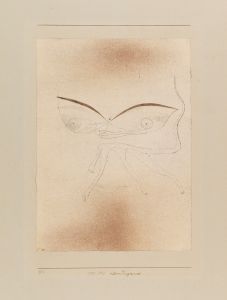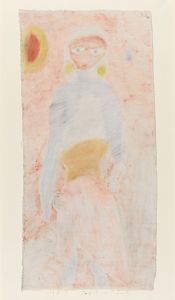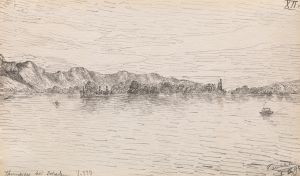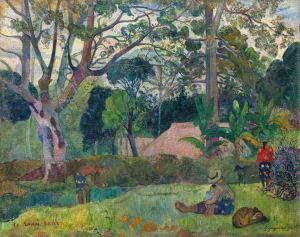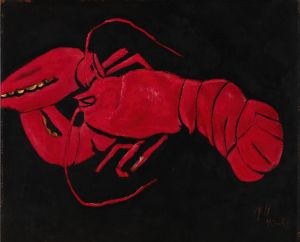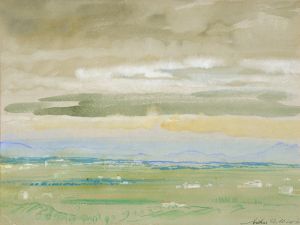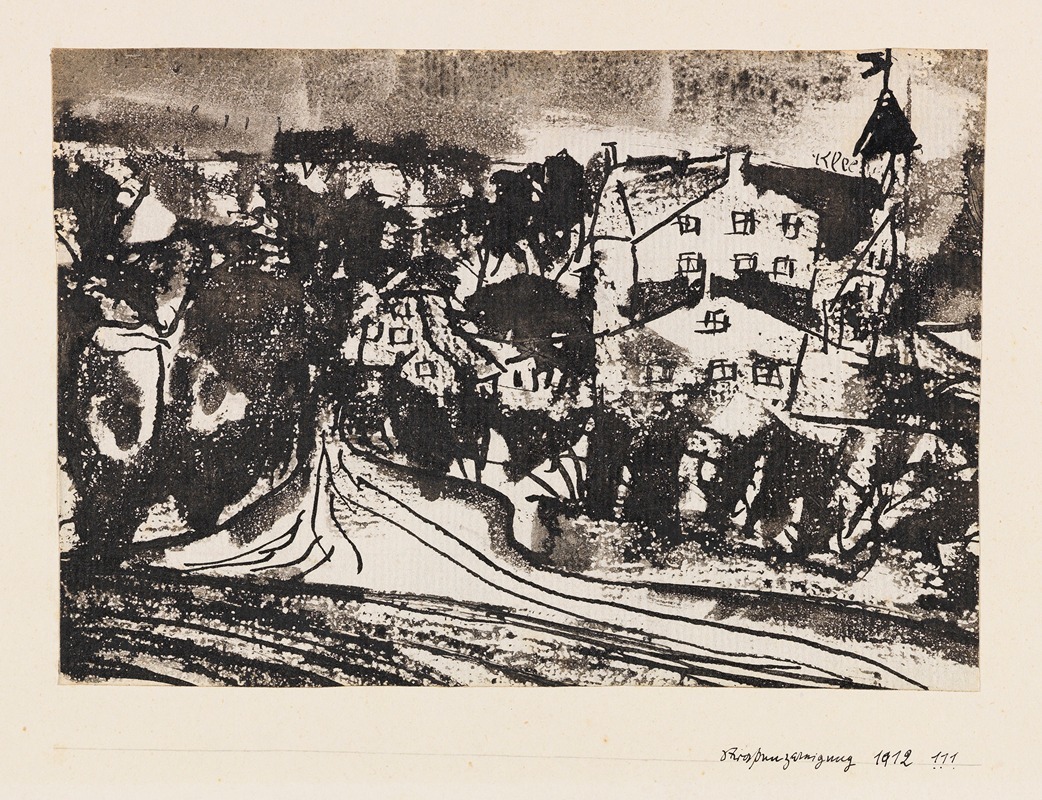
Straßenverzweigung
A hand-painted replica of Paul Klee’s masterpiece Straßenverzweigung, meticulously crafted by professional artists to capture the true essence of the original. Each piece is created with museum-quality canvas and rare mineral pigments, carefully painted by experienced artists with delicate brushstrokes and rich, layered colors to perfectly recreate the texture of the original artwork. Unlike machine-printed reproductions, this hand-painted version brings the painting to life, infused with the artist’s emotions and skill in every stroke. Whether for personal collection or home decoration, it instantly elevates the artistic atmosphere of any space.
Paul Klee's painting Straßenverzweigung (translated as "Crossroads" or "Street Junction") is a work created by the Swiss-born German artist, who is widely regarded as one of the most influential figures in modern art. Klee, known for his highly individual style, often combined elements of abstraction, surrealism, and expressionism in his works. His art frequently reflects his interest in color theory, music, and the interplay between the natural and the abstract.
Straßenverzweigung was painted in 1929, a period during which Klee was teaching at the Bauhaus, the renowned German art school that emphasized the integration of fine art, craft, and design. This era of Klee's career is marked by a focus on geometric forms and structured compositions, often inspired by his studies of architecture and urban landscapes. The painting exemplifies Klee's ability to distill complex ideas into simplified, symbolic forms.
The composition of Straßenverzweigung features intersecting lines and shapes that suggest the layout of streets or pathways. The use of muted, earthy tones and subtle variations in color creates a sense of depth and movement, while the abstracted forms evoke the idea of a cityscape or a map. Klee's approach to this work reflects his interest in the concept of movement and direction, as well as his fascination with the ways in which humans navigate and organize their environments.
As with many of Klee's works, Straßenverzweigung invites multiple interpretations, but it remains firmly rooted in his exploration of structure and abstraction. The painting is an example of how Klee sought to bridge the gap between the representational and the abstract, creating images that are both visually compelling and intellectually stimulating.
Today, Straßenverzweigung is recognized as an important piece within Klee's extensive body of work. It is housed in the Zentrum Paul Klee in Bern, Switzerland, a museum dedicated to the artist's life and legacy. The painting continues to be studied and admired for its innovative approach to form and composition, as well as its reflection of Klee's unique artistic vision.
This work is a testament to Klee's ability to transform everyday concepts, such as a street junction, into a profound artistic statement, demonstrating his mastery of abstraction and his enduring influence on modern art.





